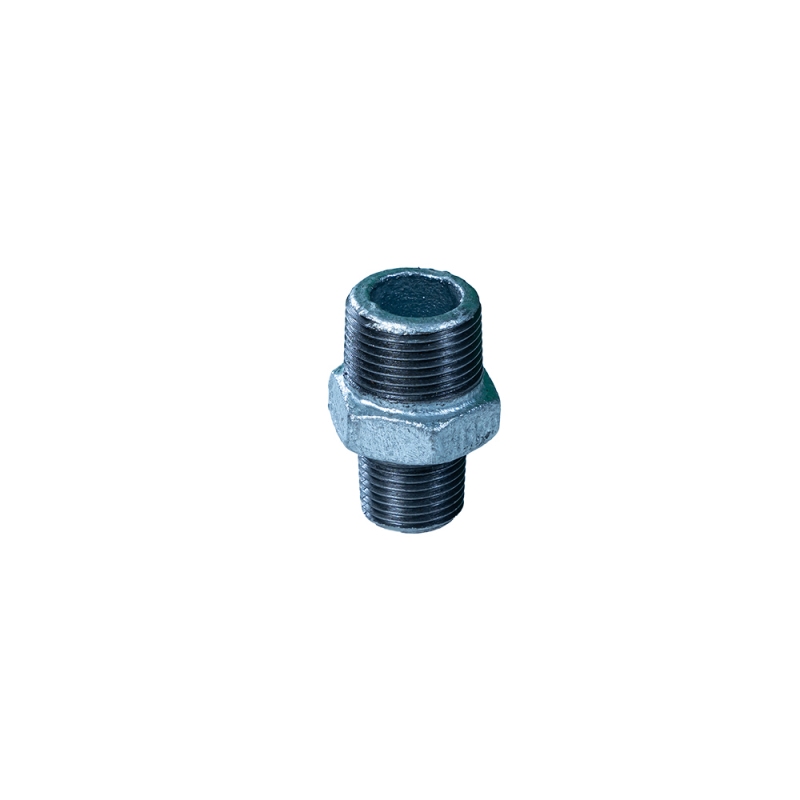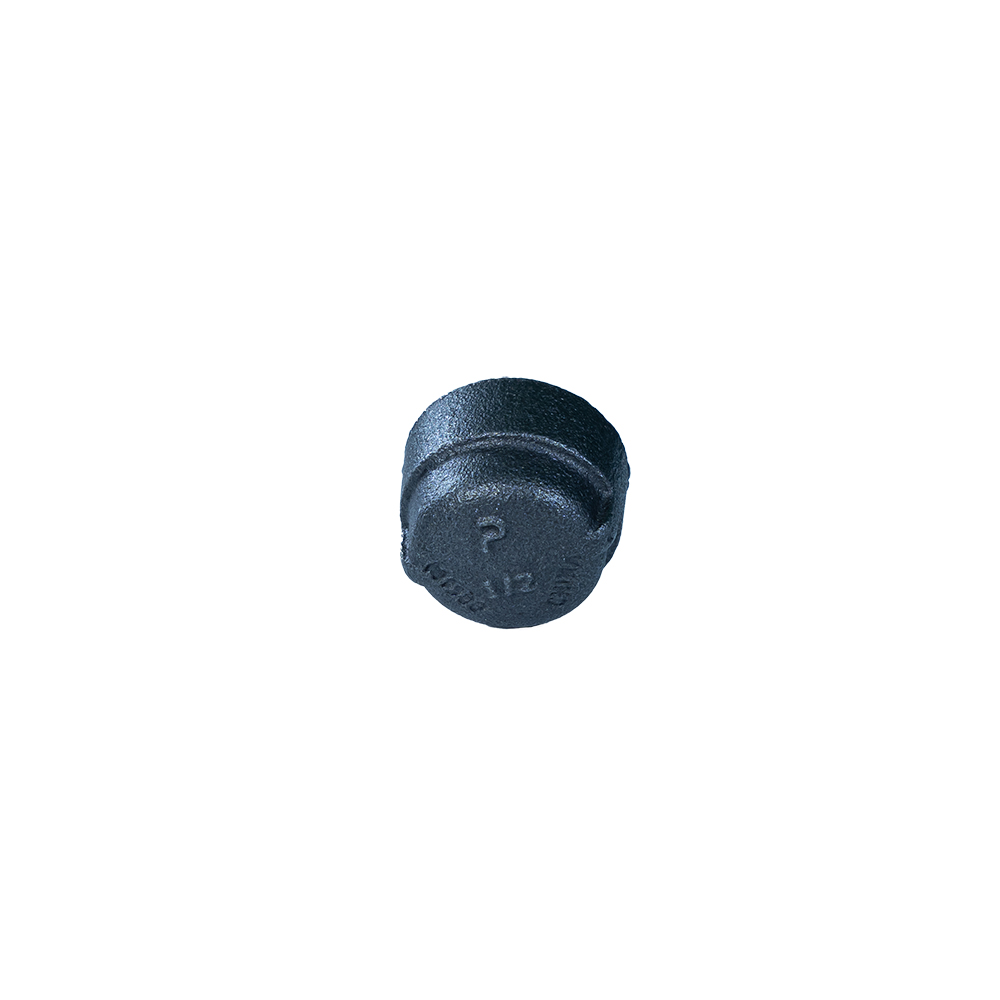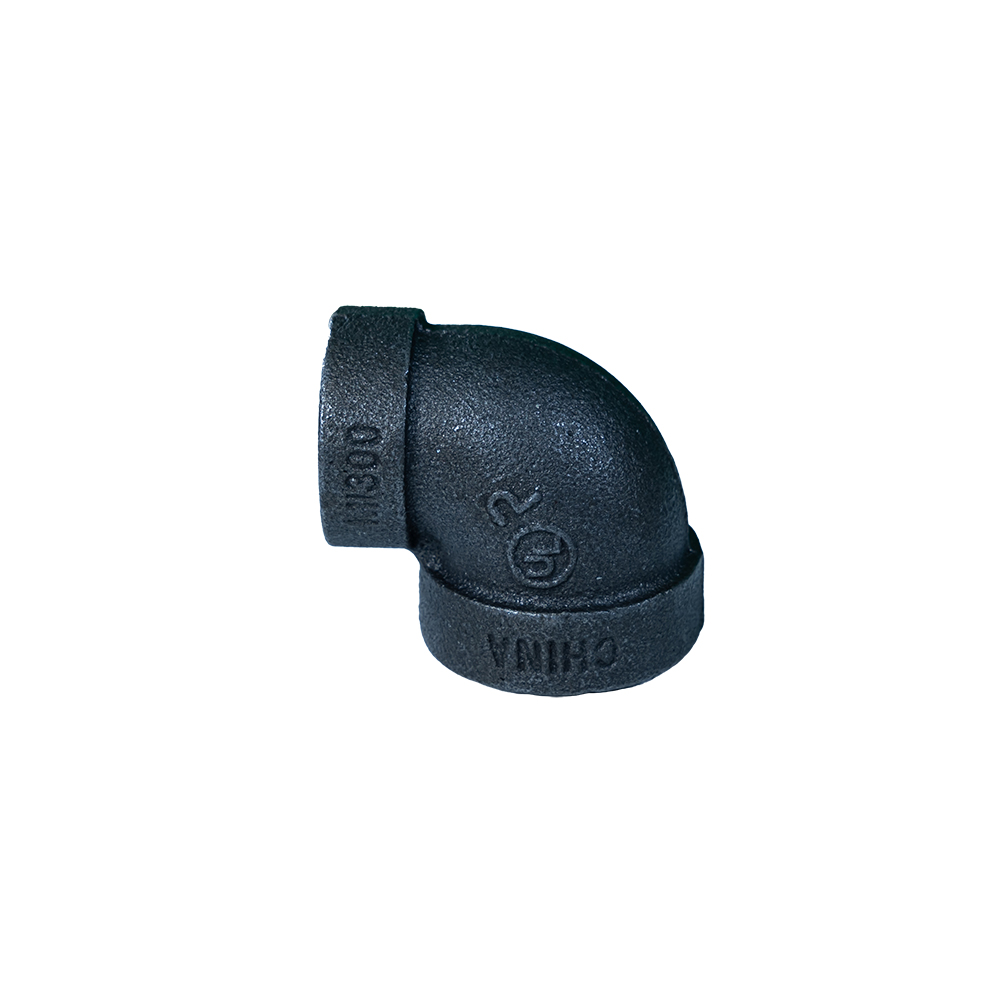What Are T Fittings and Why Should They Matter to You?
At first glance, t fittings might seem like one of those tiny parts engineers fuss over in plumbing or piping. But when you think globally — cities expanding, industries booming, and humanitarian efforts accelerating — these unassuming connectors play a pivotal role. Whether in oil pipelines stretching thousands of miles, emergency water distribution networks after natural disasters, or sprawling HVAC systems in skyscrapers, t fittings keep everything flowing smoothly.
Understanding how these components work is more than just technical curiosity; it’s an insight into the skeleton of modern infrastructure. They provide flexibility in design, efficiency in resource use, and resilience against the unpredictable. In short, better knowledge about t fittings means smarter engineering and, quite simply, safer, more reliable systems worldwide.
Setting the Stage: Why T Fittings Are a Global Industrial Staple
Globally, the pipeline and fluid transport industries are expanding at an estimated annual growth rate of 5% according to the World Bank. Whether it’s water, gas, chemicals, or biofuels, the demand for efficient and reliable piping solutions is skyrocketing. T fittings, which allow for splitting or merging flow paths with an angled branch, solve one of the most common challenges: how to divert or combine flow without disrupting system pressure or integrity.
However, this growth also brings complexity. As networks become more intricate, pressure drops and leak risks increase — problems that can cause costly downtime or environmental hazards. T fittings address some of these challenges by providing standardized, durable connection points. The ISO standards for pipe fittings ensure global compatibility and promote safer systems, demonstrating how these small parts have outsized consequences.
Mini takeaway:
- T fittings are indispensable in expanding global piping infrastructure.
- They help minimize system risks and improve flow management.
- International standards underpin their safety and interoperability.
What Exactly Are T Fittings?
Simply put, a t fitting is a pipe connector shaped like the letter "T". It joins three sections of pipe, usually at 90° intersections. This design allows fluid or gas to split into two directions or combine two streams into one.
In industrial terms, t fittings are vital components for branching pipelines, drainage systems, or even HVAC ducting. Beyond that, they’re also crucial in humanitarian contexts. Imagine a disaster zone where clean water must be continually supplied from a central source to multiple points — t fittings make such distribution possible nearly instantly.
Core Factors Behind T Fitting Performance
1. Durability and Material Quality
The choice of materials — cast iron, stainless steel, PVC, or brass — directly affects how long a t fitting will last and withstand various pressures and chemical environments. For example, engineers in coastal oil rigs often prefer corrosion-resistant stainless steel to survive salty air.
2. Pressure Rating and Flow Capacity
Every t fitting comes with a max pressure rating, indicating how much force it can handle without failure. Getting this wrong causes leaks or ruptures, so engineers must consider the flow capacity carefully, especially in high-pressure pipelines.
3. Compatibility & Standards Compliance
With piping systems becoming ever more complex, adhering to ISO or ANSI standards ensures that t fittings mesh perfectly with other components, eliminating mismatches and system failures.
4. Ease of Installation and Maintenance
Some designs allow for quick assembly without welding, using threads or compression fittings. This feature is particularly useful in remote areas or fast-paced industrial sites where time is money.
Real-World Applications: Where Do T Fittings Really Shine?
Industries such as oil & gas, water treatment plants, food processing, and even HVAC systems use t fittings daily. In Southeast Asia, expanding urban water distribution relies heavily on these connectors to route potable water efficiently through dense residential areas.
Disaster relief organizations deploy portable water systems with prefabricated t fittings to quickly set up temporary drinking water lines after earthquakes or floods — sometimes reaching isolated villages within a day of arrival.
Engineers in remote mining operations use t fittings made from high-grade alloys to resist abrasive slurry flows, maintaining uninterrupted ore processing schedules.
Mini takeaway:
- T fittings serve diverse sectors worldwide — from urban infrastructure to emergency relief.
- Material choices often adapt to regional needs and environmental stresses.
- Their adaptability allows rapid system repairs or reconfigurations in critical situations.
The Advantages and Long-Term Impact of Using Quality T Fittings
Choosing robust t fittings brings cost savings by preventing leaks and system failures. A well-designed piping network means less maintenance downtime and fewer environmental spills, which, frankly, save more than just money — they protect communities and ecosystems.
There’s a dignity in dependable infrastructure: clean water reaching homes, reliable fuels powering industry, and safe exhaust management in factories — all made possible by these small but mighty connectors. Over time, innovations even cut material waste, making supply chains greener and more sustainable.
Looking Ahead: The Future of T Fittings
Innovations in 3D printing and new composite materials are already reshaping how t fittings are made. Lightweight, corrosion-resistant composites reduce installation complexity and weight, especially vital in aerospace and marine applications.
Digital transformation adds another layer: embedded sensors in t fittings allow real-time monitoring of pressure, flow, and corrosion, alerting technicians before a failure happens — imagine that predictive power!
Green energy infrastructure, like hydrogen pipelines, demands new fitting specifications, pushing manufacturers to innovate in materials and design for safety and efficiency.
Challenges Engineers Face with T Fittings — And How to Solve Them
The biggest hurdles include corrosion, pressure loss at the branch, and installation errors. Still, clever design tweaks, better coatings, and precision manufacturing reduce these problems dramatically.
Plus, training installers on proper techniques is critical. Some vendors now offer detailed guidance and even augmented reality tools to assist on-site teams.
Product Specifications Table
| Specification | Standard Stainless Steel T Fitting | PVC T Fitting |
|---|---|---|
| Material | 304 Stainless Steel | PVC (Polyvinyl Chloride) |
| Pressure Rating | Up to 1500 psi | Up to 400 psi |
| Typical Application | Industrial piping, chemical transport | Residential water lines, irrigation |
| Installation Method | Welding or threaded | Solvent weld or threaded |
| Corrosion Resistance | High | Moderate (not suitable for solvents) |
Vendor Comparison: Choosing the Right Supplier for T Fittings
| Feature | PanNext Fittings | Global PipeSupply | ProFit Pipeworks |
|---|---|---|---|
| Range of Materials | Steel, PVC, Brass, Composites | Steel & PVC only | Steel, Aluminum |
| Customization Options | High (size, coatings, threads) | Standard sizes only | Limited |
| Lead Time | 3-5 business days | 7-10 business days | 5-7 business days |
| Global Shipping | Available | Limited regions | Available |
| Pricing | Competitive | Mid-range | Premium |
FAQs on T Fittings
- Q: What materials are best for t fittings in corrosive environments?
- A: Stainless steel and certain composites offer excellent corrosion resistance for harsh environments like chemical plants or marine installations.
- Q: Can I install t fittings without specialized tools?
- A: It depends on the fitting type — threaded or compression fittings can often be hand-tightened or assembled with common wrenches, but welded fittings require professional installation.
- Q: How do t fittings impact flow efficiency?
- A: While they enable branching, t fittings can cause pressure drops at the junction, so proper sizing and design are critical to minimize flow loss.
- Q: Are t fittings standardized worldwide?
- A: Most t fittings adhere to ISO and ANSI standards, ensuring interchangeability, but always verify local codes and standards.
- Q: Where can I source reliable t fittings quickly?
- Check suppliers like PanNext Fittings for fast delivery, a wide material range, and customization options.
Bringing It All Together
So, while you might overlook t fittings as the “small stuff,” their role in keeping the world’s infrastructure humming cannot be overstated. From industrial giants to disaster relief projects, these connectors ensure flows reach their destinations safely and efficiently. Investing in quality t fittings means reliability, sustainability, and peace of mind — all in one simple, yet clever, piece of hardware.
Interested in exploring the best options? Visit https://www.pannextfittings.com to browse a comprehensive catalog designed for industries large and small.
References:
Post time: Nov-21-2025









